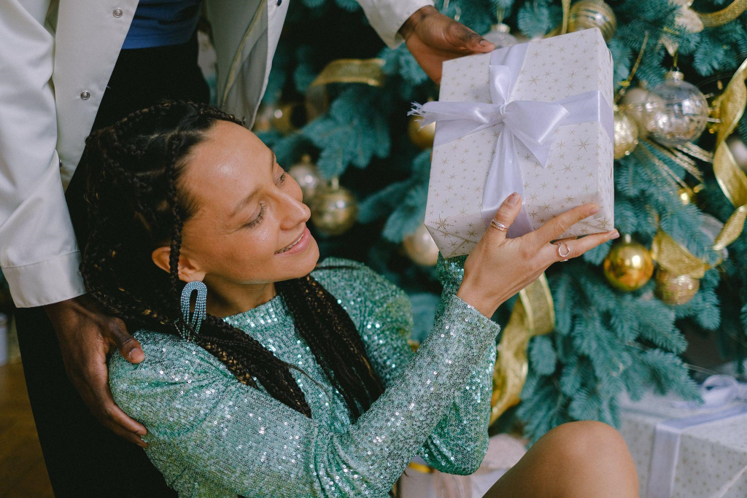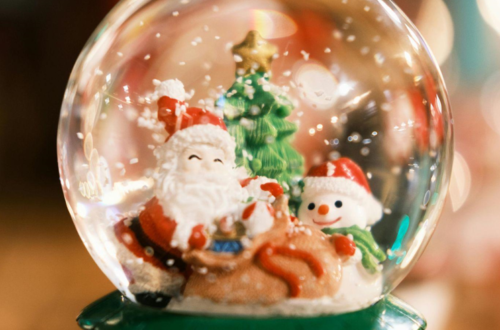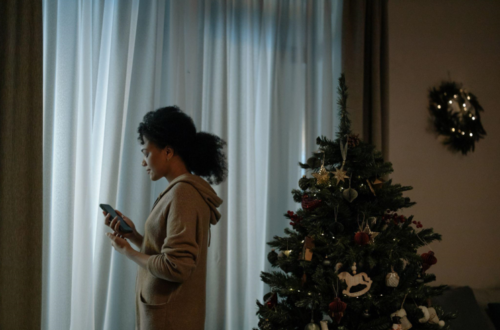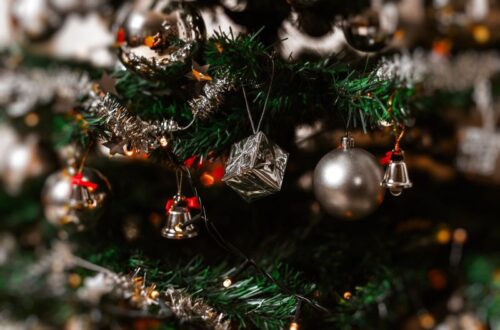
Honey Bees Love Artificial Christmas Trees: A Sustainable and Sweet Alternative
The Sweet Benefits of Artificial Christmas Trees for Honey Bees
As the holiday season draws near, many families face the annual tradition of picking out a Christmas tree. For some, the smell of fresh pine and the experience of selecting the perfect tree is part of the season’s joy. However, others recognize the benefits of choosing an artificial Christmas tree for their home, the environment, and the bees.
Artificial Christmas trees have come a long way over the years. With advancements in technology, they can now look and feel very realistic. They can also be purchased in various sizes and styles, allowing for flexibility in decorating. Additionally, they can be reused year after year, making them a more sustainable choice than cutting down a fresh tree annually.
While humans enjoy decorative holiday trees, they also have benefits for the honey bees that help sustain our planet. Honeybees are on the decline due to a variety of factors, including loss of habitat and pesticide use. However, choosing an artificial Christmas tree can provide a sweet solution for bees.
Artificial trees are typically made from materials like PVC and metal, which have no nutritional value for bees. However, when these trees are coated with a sweet, sticky substance like honey, they can become a feast for bees. Honey bees are attracted to sweet smells and tastes, and they will visit artificial Christmas trees coated in honey as a supplemental food source. This can help sustain bee colonies during winter when food sources are scarce.
The Environmental and Economic Advantages of an Artificial Christmas Tree
Not only do artificial Christmas trees provide a sweet treat for bees, but they also have environmental and economic advantages. According to the National Christmas Tree Association, it takes an average of 7 years for a Christmas tree to mature; during that time, it requires water, fertilizer, and pesticides. A tree can absorb up to a ton of carbon dioxide during its lifetime. Still, many fresh trees are discarded in landfills, releasing methane and contributing to greenhouse gas emissions.
On the other hand, an artificial Christmas tree can be reused for many years, reducing the need for new trees to be grown and transported. This results in a smaller carbon footprint and less waste. Additionally, purchasing an artificial tree can be a more economical option in the long run, as the cost of fresh trees rises yearly.
In conclusion, for those concerned about the environment and the plight of honey bees, choosing an artificial Christmas tree can be a sustainable and sweet alternative. Artificial trees offer benefits beyond just their decorative value with their realistic appearance, flexibility in sizing and style, and the potential to provide supplemental food for honey bees. They can help reduce waste and carbon emissions and offer a practical solution for supporting a key pollinator in our ecosystem.




